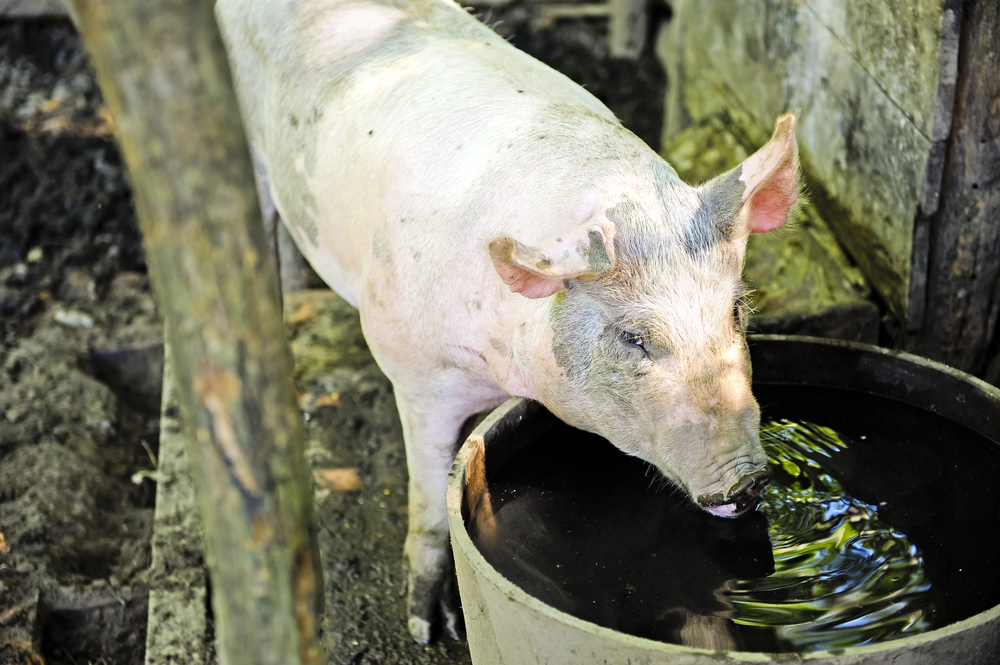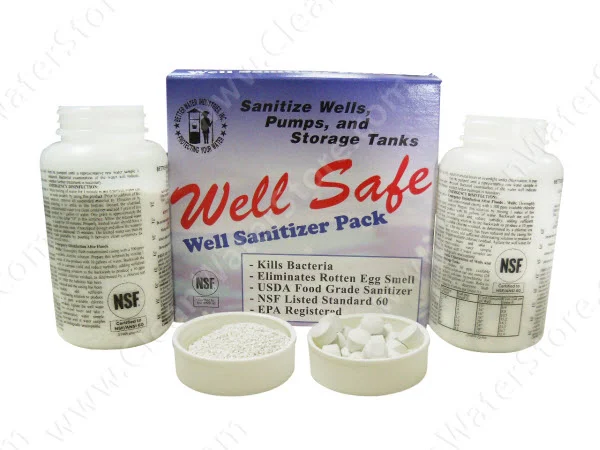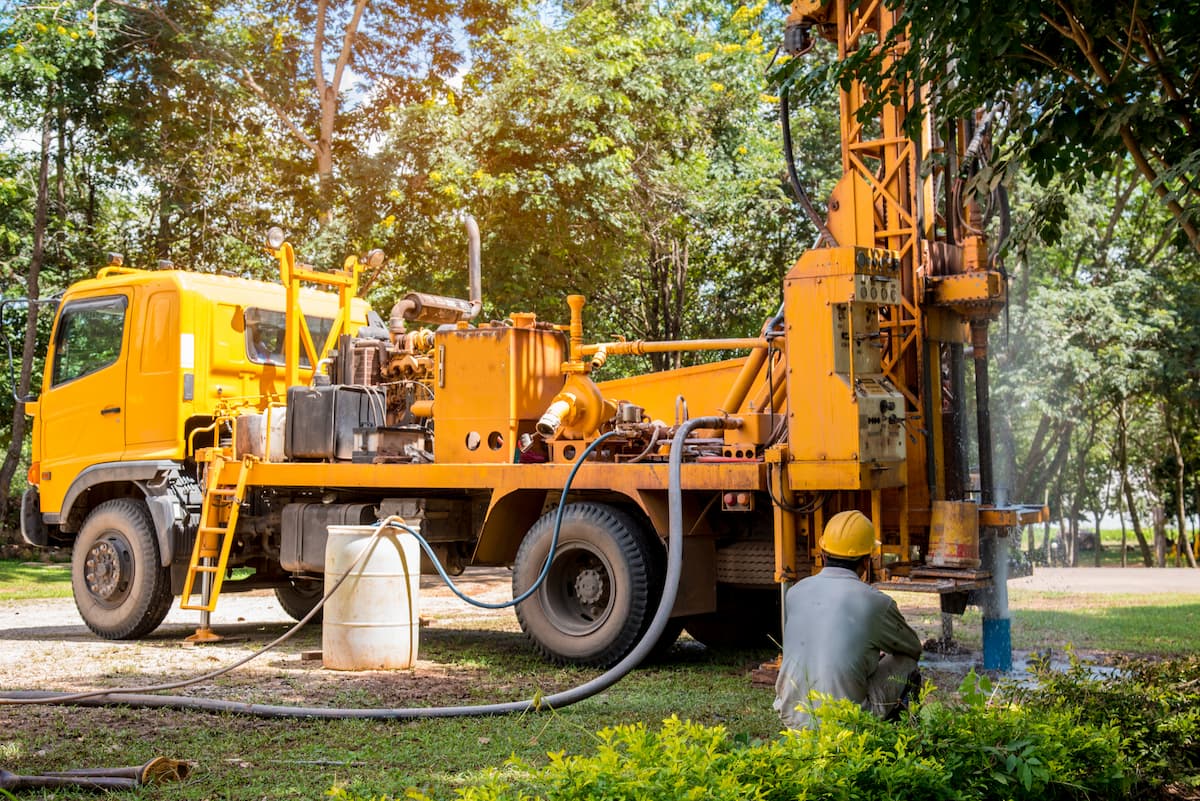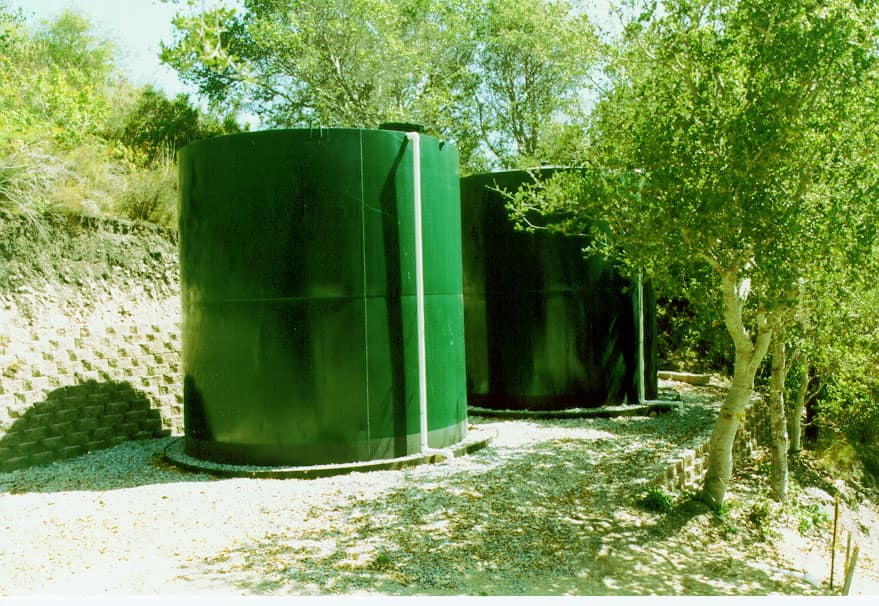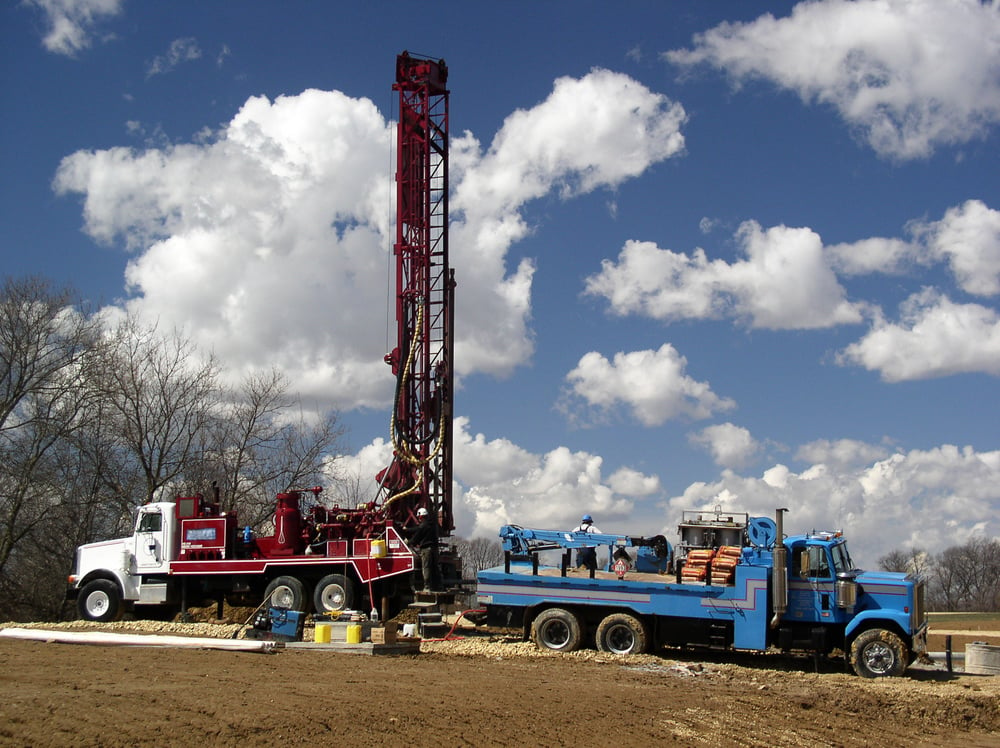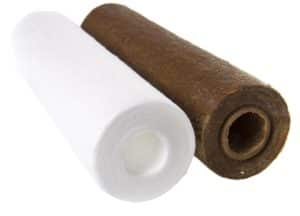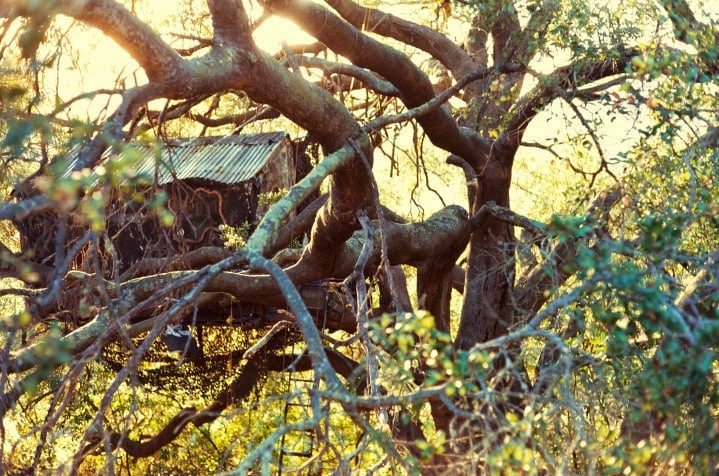Sources of Coliform Bacteria Contamination in Home Well Water
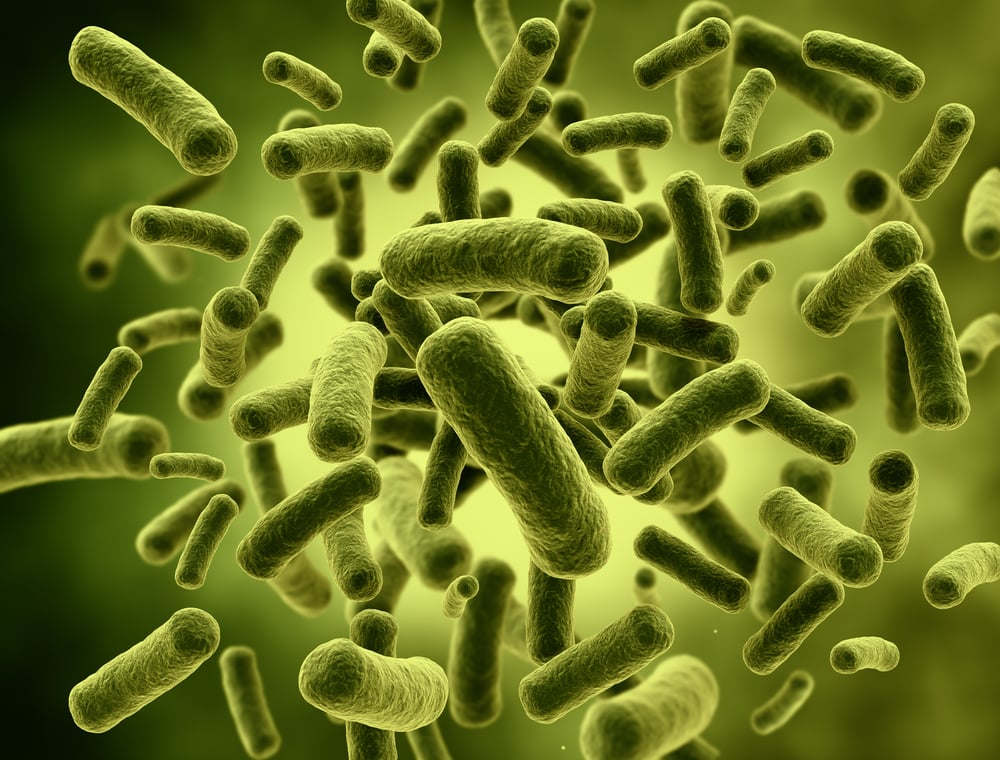
However, the presence of these bacteria in well water or spring water usually indicates that the water may be contaminated with germs that can cause disease and can even contaminate your well water without any change in taste or odor to the water. Therefore, the US EPA recommends annual testing of residential water wells for coliform bacteria.
Generally, the two categories of coliform bacteria that are found in well water are total coliform, and fecal coliform or E.coli.
The presence of total coliform, by itself, doesn't imply that the resource is contaminated, but it can reveal that one if not more of the more serious types of harmful bacteria, such as fecal or E. coli bacteria, may be present.
If fecal coliform or E. coli are detected in well water, the first step should not only be to disinfect your system but to identify the source of your bacteria contamination.
Sources of Coliform Bacteria Contamination:
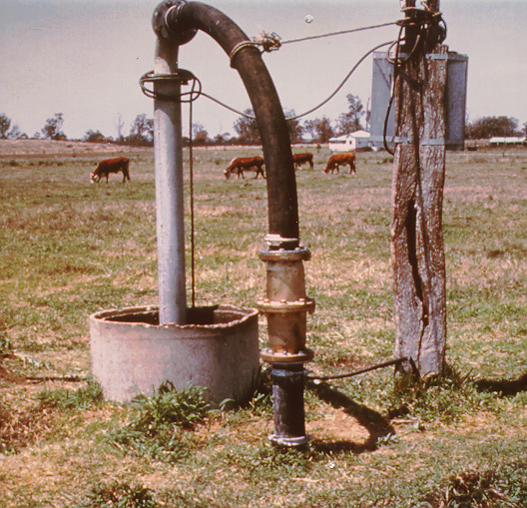
Because there are so many different ways to introduce bacteria into the system, the original well construction can often be the cause of an ongoing bacteria problem that can go on for many years.
If fecal coliform or E. coli are detected along with total coliform in drinking water, they are most likely coming from sewage that has entered the drinking water. Waste from humans, rodents, or farm animals can be a principal source of bacteria in the water.
The run-off from agricultural fields, animal feedlots, sewers, or septic systems often are the cause of contamination. Additionally, the overuse or improper storage and disposal of chemicals can poison and contaminate drinking water if they are in close proximity to your well.

Testing For Bacteria
For proper testing of fecal coliform and E.coli, we recommend this state certified lab Water Check test. This should be strongly considered when purchasing a new home or after constructing a new well.
What To Do If Fecal Coliform Is Detected
If E.coli or fecal coliform are detected in the drinking water, the first step should be an emergency chlorination, which can last two to five days. At the same time a system is being disinfected, it is recommended to vigorously boil the drinking and cooking water for one minute before using it. It is also very important to continue testing the water because if anything happens to the chlorine residual, or if the chlorine-demand changes and the consumer doesn’t know about it, the water can become unsafe again.
Prevention of Bacterial Contamination
Your well should be constructed so that it is at least a foot above the surface of the ground or has a mound of dirt around it to ensure that rainwater or a chemical run-off will not pool near your well and seep into it. Also if you are constructing a new well, it is important to minimize the proximity of possible sources of contamination – the further the better!
- Septic Tanks, 50 feet
- Livestock yards, Silos, Septic Leach Fields, 50 feet
- Petroleum Tanks, Liquid-Tight Manure Storage, and Fertilizer Storage and Handling, 100 feet
- Manure Stacks, 250 feet
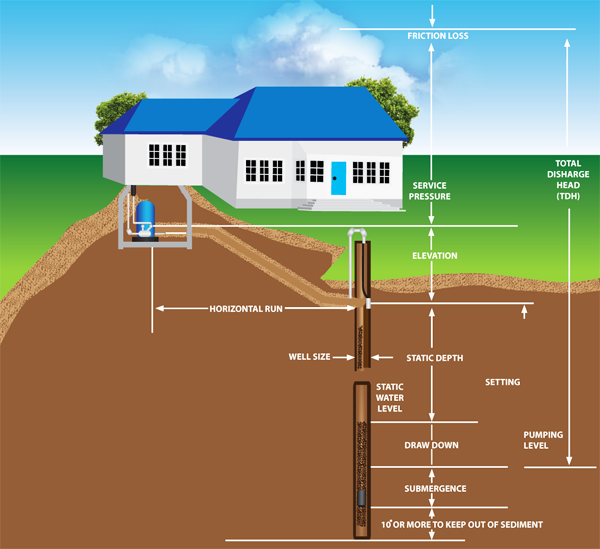
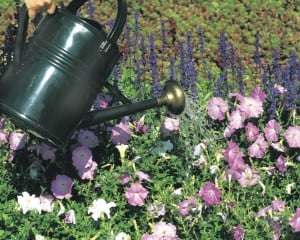
It is especially important to address these risks before they become an issue and will help save money in the long run. Keeping up to date records of well installations, repairs, and water tests will help you keep ahead of potential issues.
For more help on removing bacteria from your water, visit our Bacteria page on our Water Problems tab.
If you still have questions, don’t hesitate to e-mail us at [email protected], leave us a message on Facebook, or use our online contact form for prompt, personalized assistance from our trained professionals. Thanks for reading!

